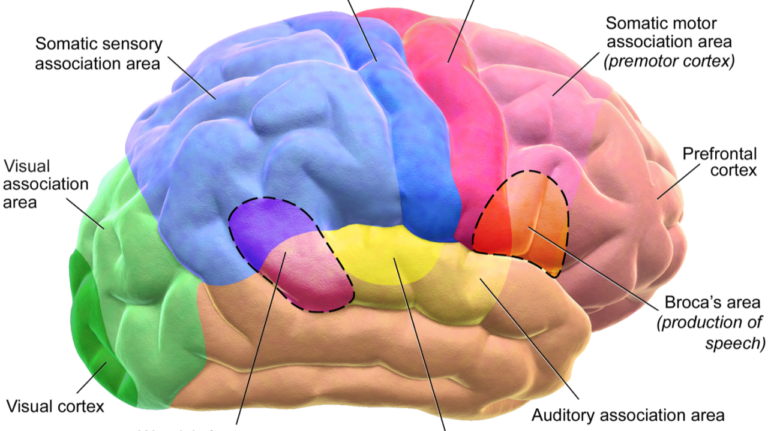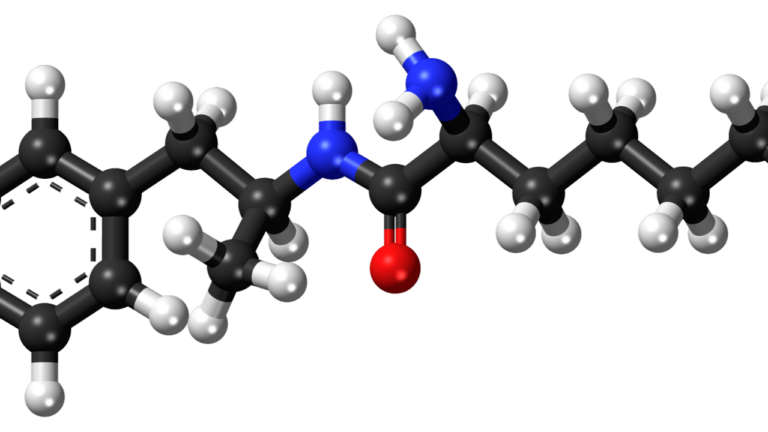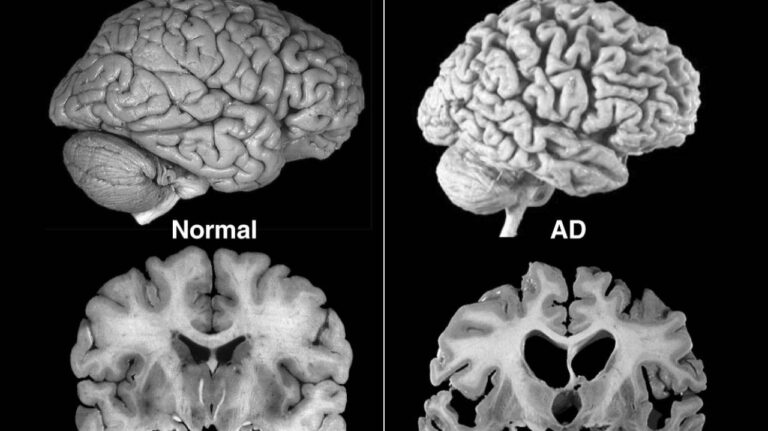Vindicated By Research
For several decades, I have recognized that attention deficit disorder can linger into adulthood. Finally, research confirms my convictions. Truveta, a healthcare data and analytics company, found that from January 2021 to 2024, the rate of first-time diagnoses rose 60 percent among those ages 30 to 44 and 64 percent among those ages 45 to 64.
Until recently, clinicians have often missed the diagnosis of attention deficit disorder (ADD) in adults. With the rise of telemedicine, increased awareness of ADD, and changing attitudes toward mental health treatment, new ADD diagnoses are surging among older Americans. As a result, just over 30 percent of first-time diagnoses are now among people ages 30 to 44.
The underdiagnosis of attention deficit disorder (ADD) in adults can be attributed to a common misconception: when people hear the term “attention deficit disorder,” they often associate it with the hyperactive type. Those with attention deficit disorder inattentive type (with no hyperactivity) are overlooked.
A typical patient with attention deficit disorder, inattentive type, may experience unidentified problems in the classroom. These patients are generally quiet and unassuming, working diligently to keep up academically, yet they often fail to perform at the expected level. As they grow older, particularly in college or in stressful jobs, they may struggle even more with their performance, finding it difficult to keep up at a modest pace.
Here are a few examples from my medical practice, all of whom were eventually diagnosed with ADD, inattentive type:
A medical student who had performed exceptionally well as an undergraduate faced challenges during her first year of medical school and was placed on academic probation. After being diagnosed with attention deficit disorder (ADD), she began treatment with psychostimulants. Following this treatment, her grades improved significantly, ultimately allowing her to graduate with honors.
The student referred her 62-year-old mother, a registered nurse, for a similar issue. The office nurse informed me that she was using color-coded charts and other techniques to stay organized and manage her workload. Despite her best efforts, she was spending an extra two to three hours after the clinic closed to complete her charting and other office tasks.
Following a comprehensive cardiac evaluation, the patient was prescribed a psychostimulant. Post-treatment, she was able to complete her work on time. Overall effectiveness improved significantly.
A 42-year-old man came to see me because he suspected he had attention deficit disorder. As an undergraduate, he struggled to get into engineering school due to poor grades. After receiving treatment, his GPA improved significantly from 2.0 to 3.8, which enabled him to be accepted into engineering school.
A 45-year-old with a low-level job at a bottling company received several promotions following treatment with a psychostimulant. Prior to his promotion, he had always considered himself “dumb.”
Accurate diagnosis of attention deficit disorder, inattentive type, along with appropriate treatment, can significantly enhance the academic and workplace performance of those patients who have previously struggled.


